Reheating your leftover seafood boil can be a tricky thing to master. It’s all too easy to end up with rubbery, dry shrimp and overcooked crab legs. Luckily, there are some easy ways to reheat your seafood boil without sacrificing flavor or texture. We’re here to make sure you know exactly how to properly reheat your leftover seafood boil so that you end up with delicious and flavorful results! Below are several different methods for reheating leftover seafood boils with and without a bag.

Table of Contents
What is a seafood boil?
A seafood boil is a type of meal that originated in the southern United States, but can now be found all over the world. It involves boiling different types of seafood such as shrimp, clams, mussels, crabs, and lobsters together in a large pot with spices and aromatics such as garlic, onions, bay leaves, old bay seasoning, and Cajun seasoning. The idea behind the boil is to infuse the seafood with flavor while cooking it to perfection. The result is a delicious dish that can easily feed a crowd.
Seafood boils are incredibly popular among seafood lovers due to their convenience and deliciousness. When preparing a seafood boil, you can pick out whatever types of seafood you’d like to include in yours. You can also adapt the seasonings and aromatics based on your preferences or dietary restrictions. Once everything’s prepped and ready to go, it only takes about 20 minutes for the seafood to cook perfectly through. Then all you have to do is serve it up with some corn on the cob or potatoes for an amazing meal! Check out our Cajun Seafood Boil in a Bag Recipe!
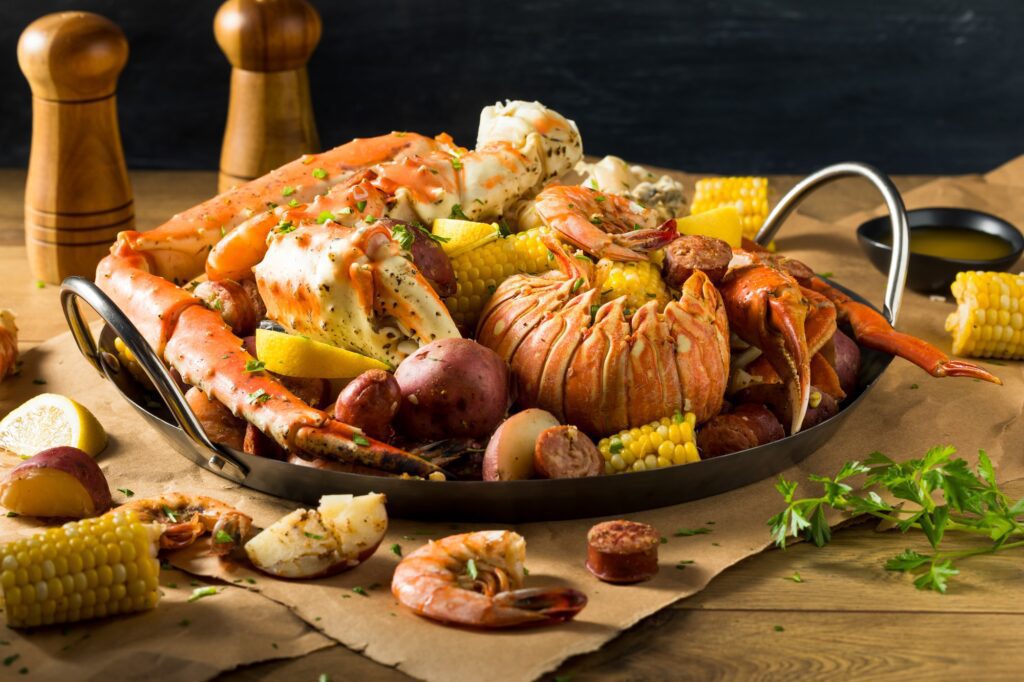
How do you heat up a leftover seafood boil bag in the oven?
We think reheating your leftover seafood boil bags in an oven is the best method and easiest way to retain as much flavor as possible. Start by preheating your oven to 350°F and lining a baking tray or casserole dish with aluminum foil. Next, take the plastic bag of seafood out of the fridge and place it on the baking tray. You can also add additional seasonings at this point. Then, place the tray or baking dish in the preheated oven and bake for 15 minutes or until heated through. After it is finished cooking, remove the tray from the oven and let rest for a few minutes before serving.
How do you heat up a leftover seafood boil bag on the stovetop?
Fill a large pot with enough water to cover the contents of the leftover seafood boil in a bag, and bring it to a rolling boil. Once boiling, carefully add the seafood boil bag into the pot of water and reduce heat until it reaches a gentle simmer. You’ll want to simmer for 10-15 minutes or until heated through. When done, use tongs or oven mitts to remove the hot bag from the pot and transfer it onto a separate plate or bowl. Once cool enough that it can be handled safely, carefully open up the top of the bag. Add additional seasonings if desired.
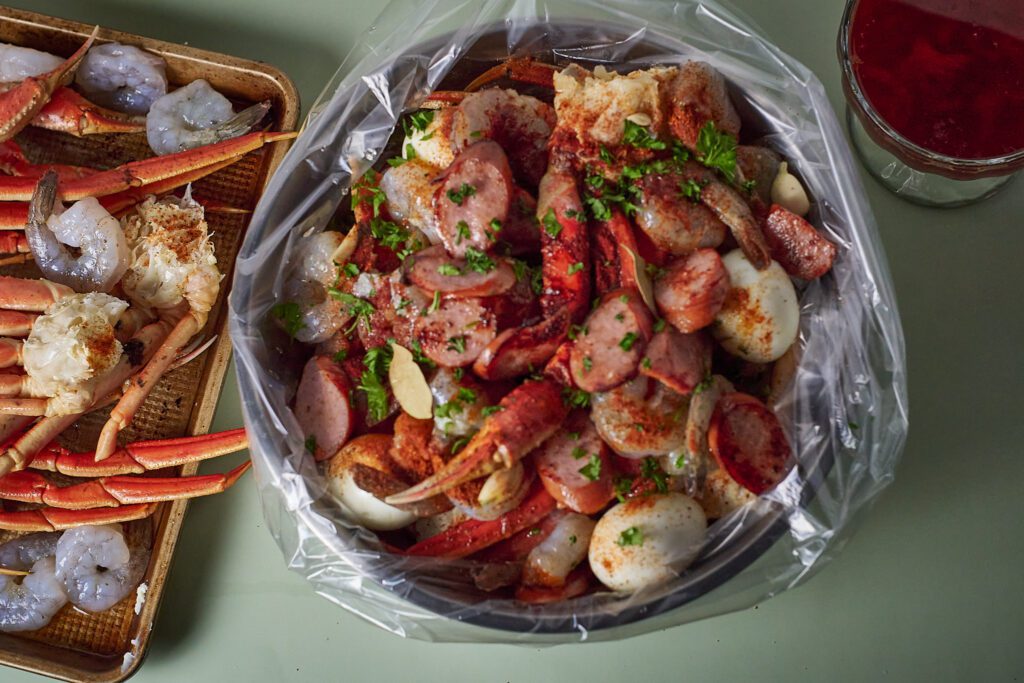
How do you reheat a seafood boil in the microwave?
As with any type of reheating process, it’s important to make sure you’re using the right temperature and time so that you don’t end up with a soggy or overcooked leftover meal.
The most important step is to first divide your seafood boil into smaller portions, as this will help ensure that all of the ingredients are evenly heated. Place each portion onto a microwave-safe plate and cover it with a damp paper towel. This will help steam the food as it heats up. Then heat for 1-2 minutes at a time until everything is warm through. Finally, let your reheated seafood boil sit for a couple of minutes before serving. If desired, you can also add additional seasonings for extra flavor!
How do you reheat a seafood boil in the oven?
To start, preheat your oven to 300°F. Then, take the desired amount of your leftover seafood boil and place it in a shallow baking pan. Drizzle with melted butter or olive oil as this will help maintain the moisture in your seafood. Add additional seasonings to taste. Loosely cover the baking pan with aluminum foil and pop it into the preheated oven for 15-20 minutes, or until heated thoroughly. Once heated through, remove the foil and let it sit for a few minutes before serving.
When reheating a seafood boil in the oven, be sure not to overcook it. If you leave it in too long, you run the risk of drying out any delicate meats like lobster or crab legs.
How do you reheat a seafood boil on the stovetop?
You will need a large pot or Dutch oven with a lid that fits securely. Pour enough water into the pot to completely cover the boiled seafood and other ingredients. Heat the water over medium-high heat until it begins to simmer. Stir in any additional seasonings like Old Bay or Cajun spices. Once everything is combined, reduce heat to medium-low and let your leftover seafood simmer for about 5 minutes or until heated through. Remove from heat and serve immediately for best results!
How do you reheat a seafood boil using a steamer?
Another great option is to reheat by steaming. Place the seafood into a steamer basket set over boiling water and cover with a lid; steam for approximately 5 – 10 minutes or until heated through. Steaming helps preserve the original flavor of the shellfish while preventing them from drying out in the heat of an oven.
How do you reheat a seafood boil in an air fryer?
Reheating a seafood boil can be done very quickly and easily in an air fryer. Start by preheating your air fryer to 300°F. Please seafood and veggies directly into the tray and heat for 8-10 minutes or until warmed through. Add additional seasonings to taste.
How do you reheat a seafood boil in a pressure cooker or instant pot?
Reheating a seafood boil in a pressure cooker is incredibly easy and only takes a few minutes. Start by adding an inch of warm water to the bottom of your cooker, then place a steaming basket filled with the seafood boil inside. Close the lid, set your pressure cooker to high pressure, and allow it to reach high pressure before starting the timer. After two minutes have passed, quick release the steam and remove the lid. Check that all ingredients are reheated thoroughly and enjoy your delicious reheated seafood boil!

Tips for Reheating a Leftover Seafood Boil
1. Check the seafood for signs of spoilage before reheating like an off-putting smell or slimy texture.
2. Cut the seafood into smaller pieces to help it reheat evenly.
3. Add some moisture back into the seafood by adding a bit of water or broth.
4. Use a low temperature. If reheating at high temperatures the seafood may dry out or become overcooked.
5. Stop reheating the seafood once it is heated through to prevent it from having a rubbery texture or becoming mushy.
Can you eat seafood boil leftovers the next day?
If the seafood boil was prepared properly and stored correctly in the fridge immediately after eating, then there should be no issue with just re-heating it and enjoying it again. When eating leftover seafood boils, remember to take notice of the smell and texture of food – if anything appears off, don’t risk it! Seafood leftovers should always be discarded if they are no longer fresh.
How long does a leftover seafood boil last in the fridge?
Generally speaking, most cooked seafood boils should be eaten within 2-3 days if kept in the refrigerator. If you prefer to keep your leftovers longer than that, freezing them is a better option.
When storing leftover seafood boil in the fridge, make sure to transfer it into an airtight container once cooled to room temperature. If you place hot seafood or any hot food for that matter, straight into the refrigerator without cooling down first, then bacteria may begin growing on it faster than usual due to its high temperature. Allowing your leftovers to cool down prior to refrigeration will help slow down this process and allow for more extended storage time.
Overall, taking the proper steps when storing your leftover seafood boils can help ensure that they remain safe for consumption up to three days after originally being cooked. It’s essential for avoiding any foodborne illnesses caused by bacterial growth in improperly stored food items.
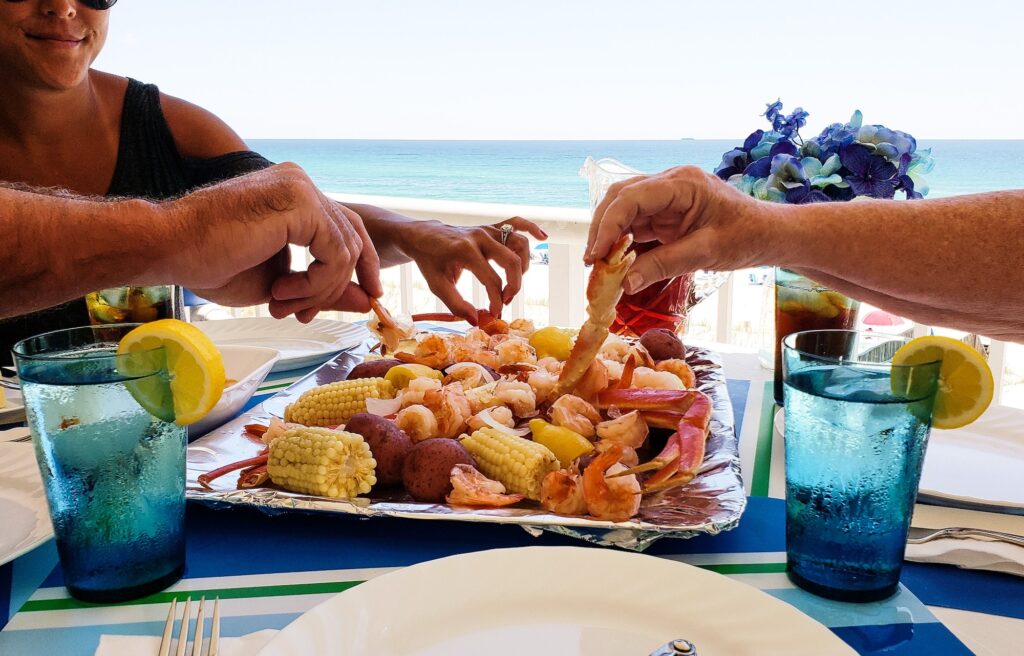
In conclusion, seafood boils make for a delicious and satisfying meal that can easily be made in bulk and reheated later. It is important to understand how to best reheat the leftovers so that maximum flavor is recaptured, allowing your seafood boil to taste just as wonderful as when it was first cooked.
With microwave reheating, oven reheating, stovetop reheating, and steamer reheating options, you have various ways to ensure that the seafood boil can be enjoyed again. See our delicious seafood boil recipe served with a rich and zesty butter sauce for dipping! Let us know in the comments section if you have any other unique methods for reheating a seafood boil.




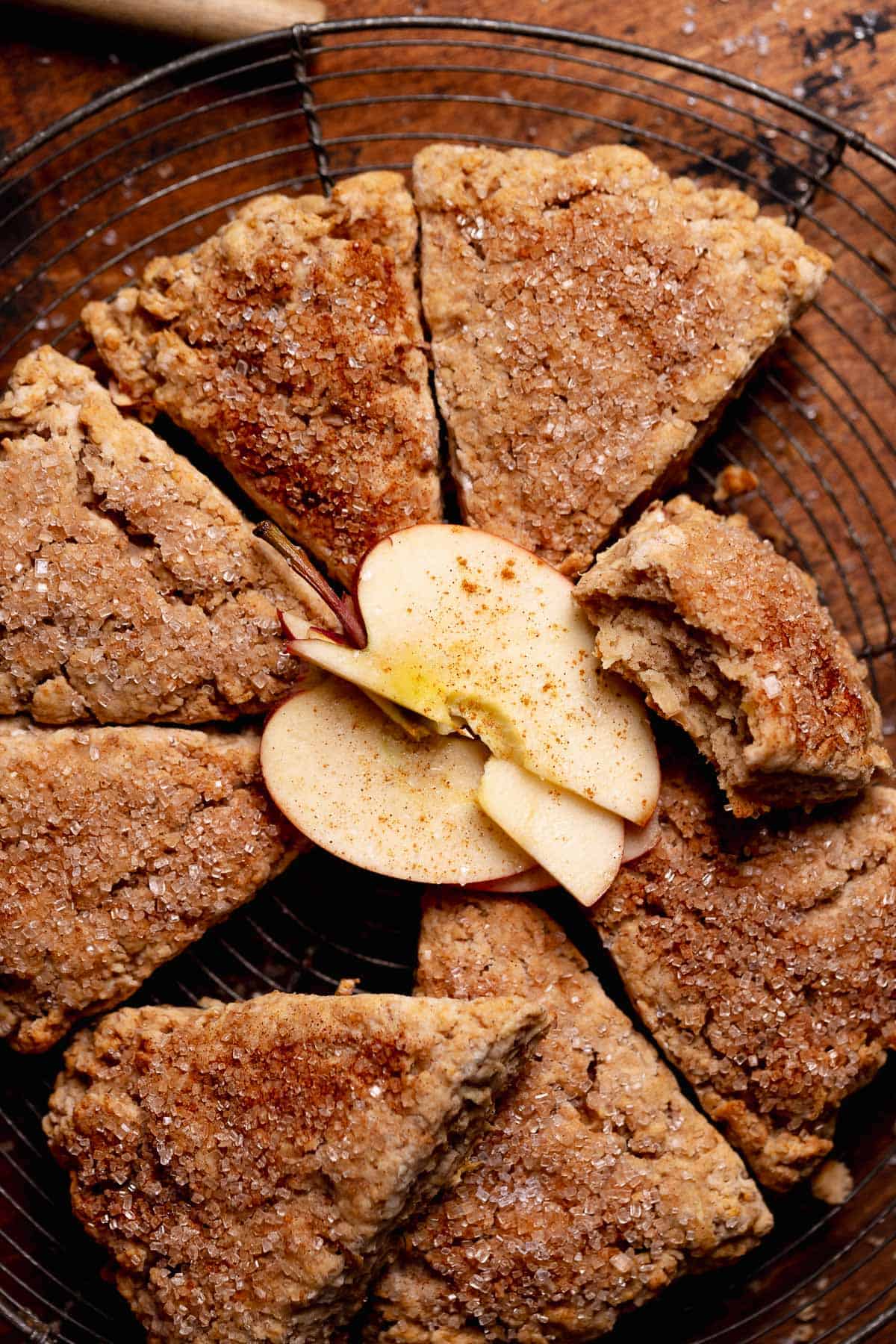

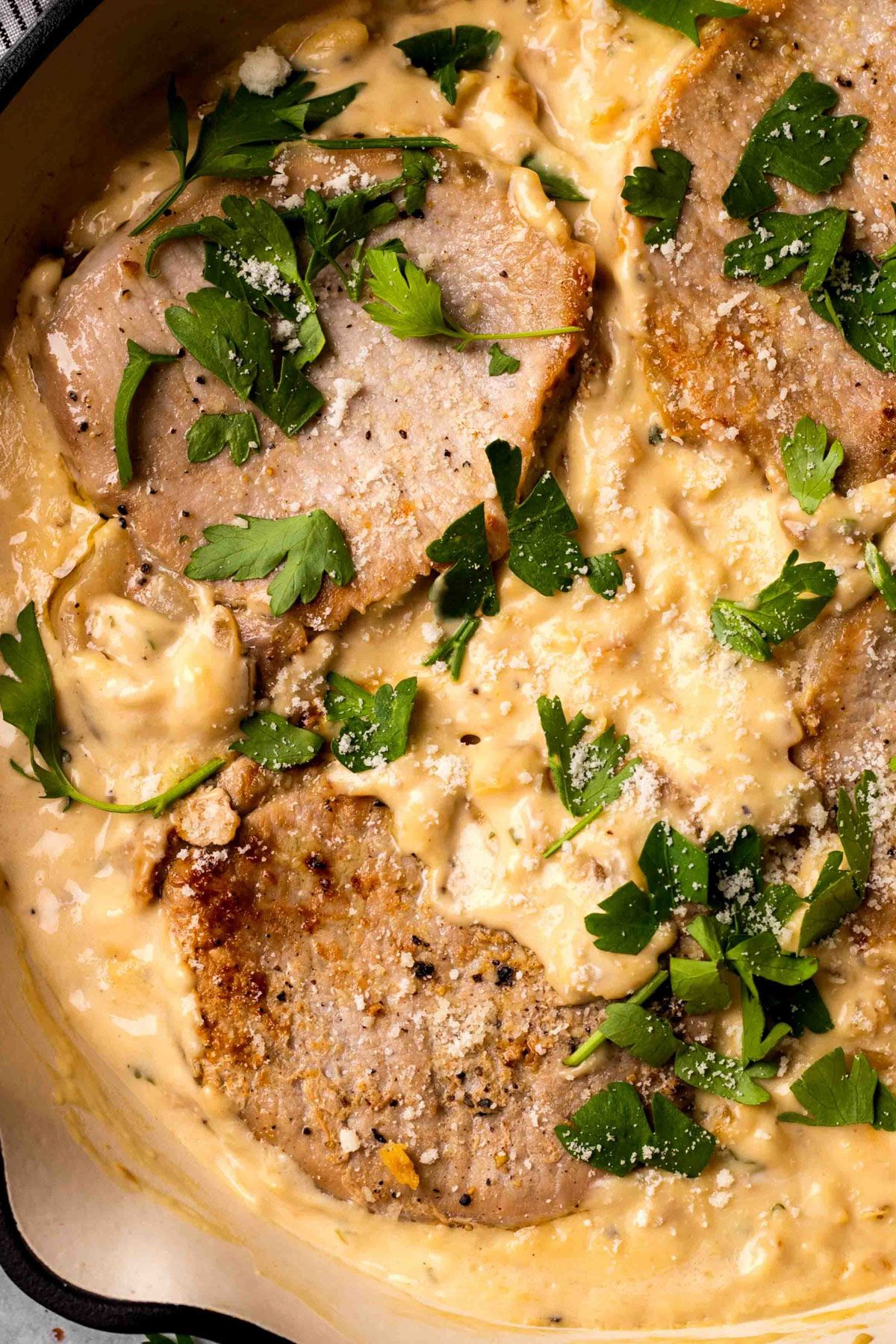

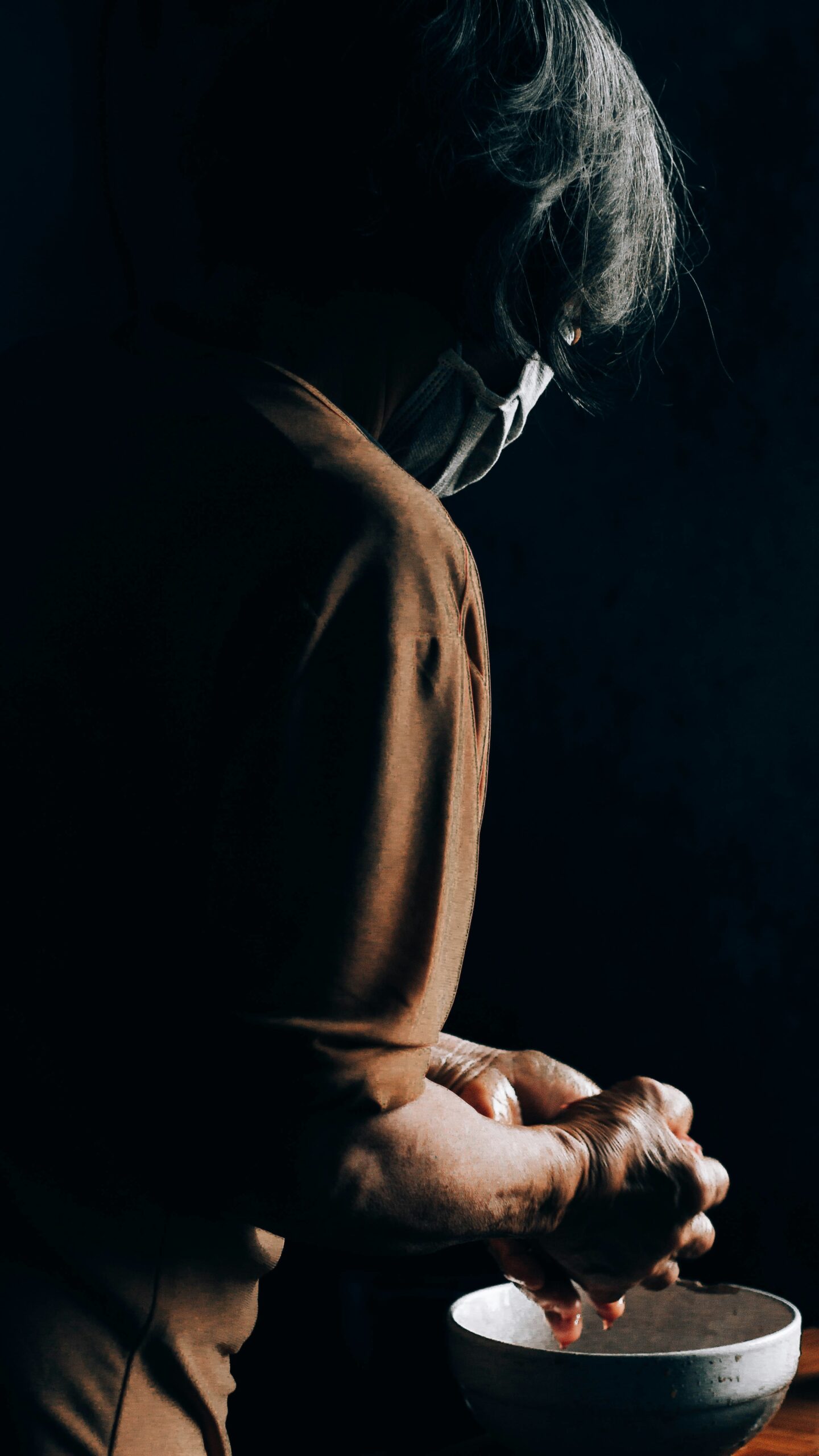
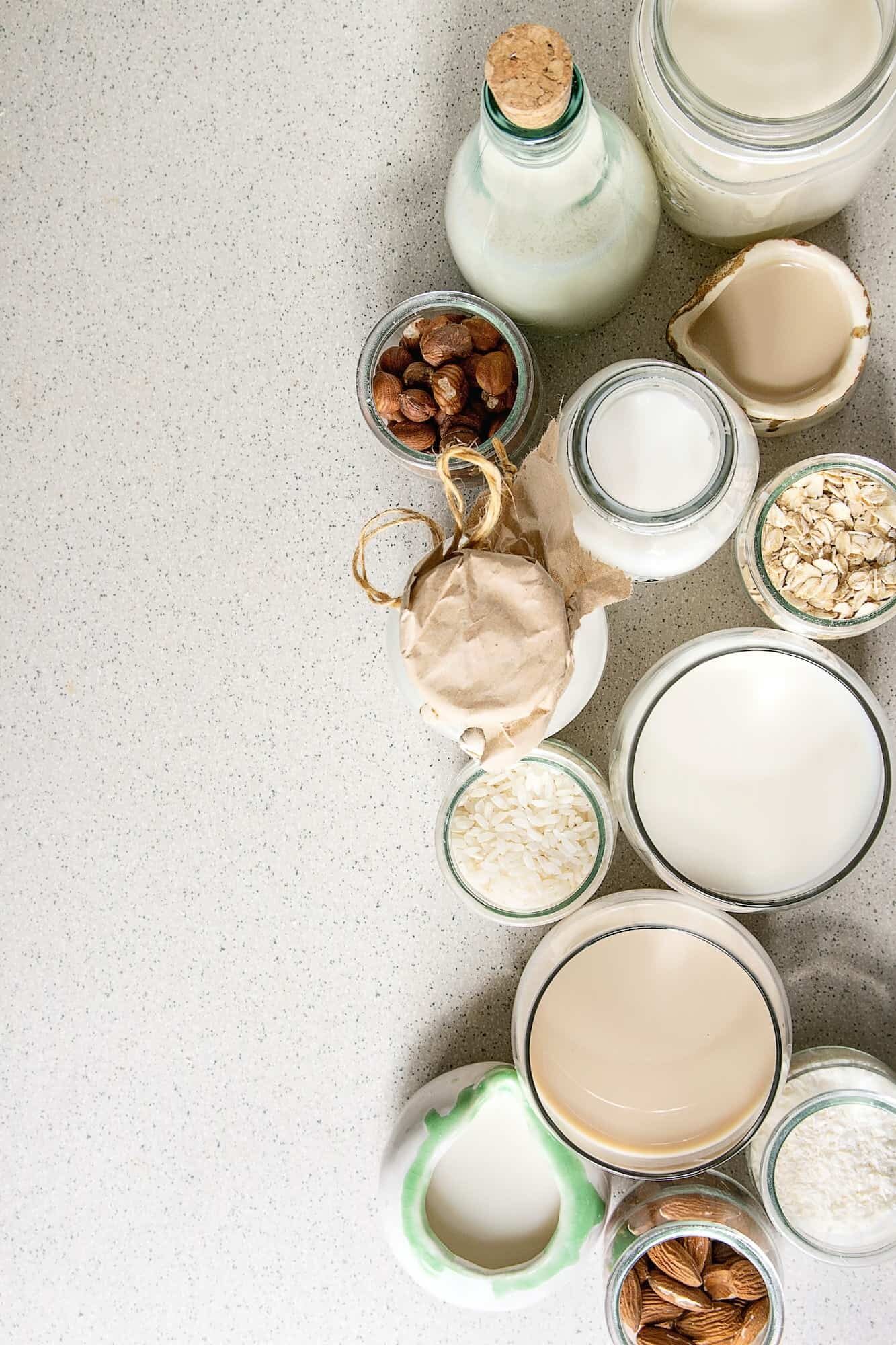
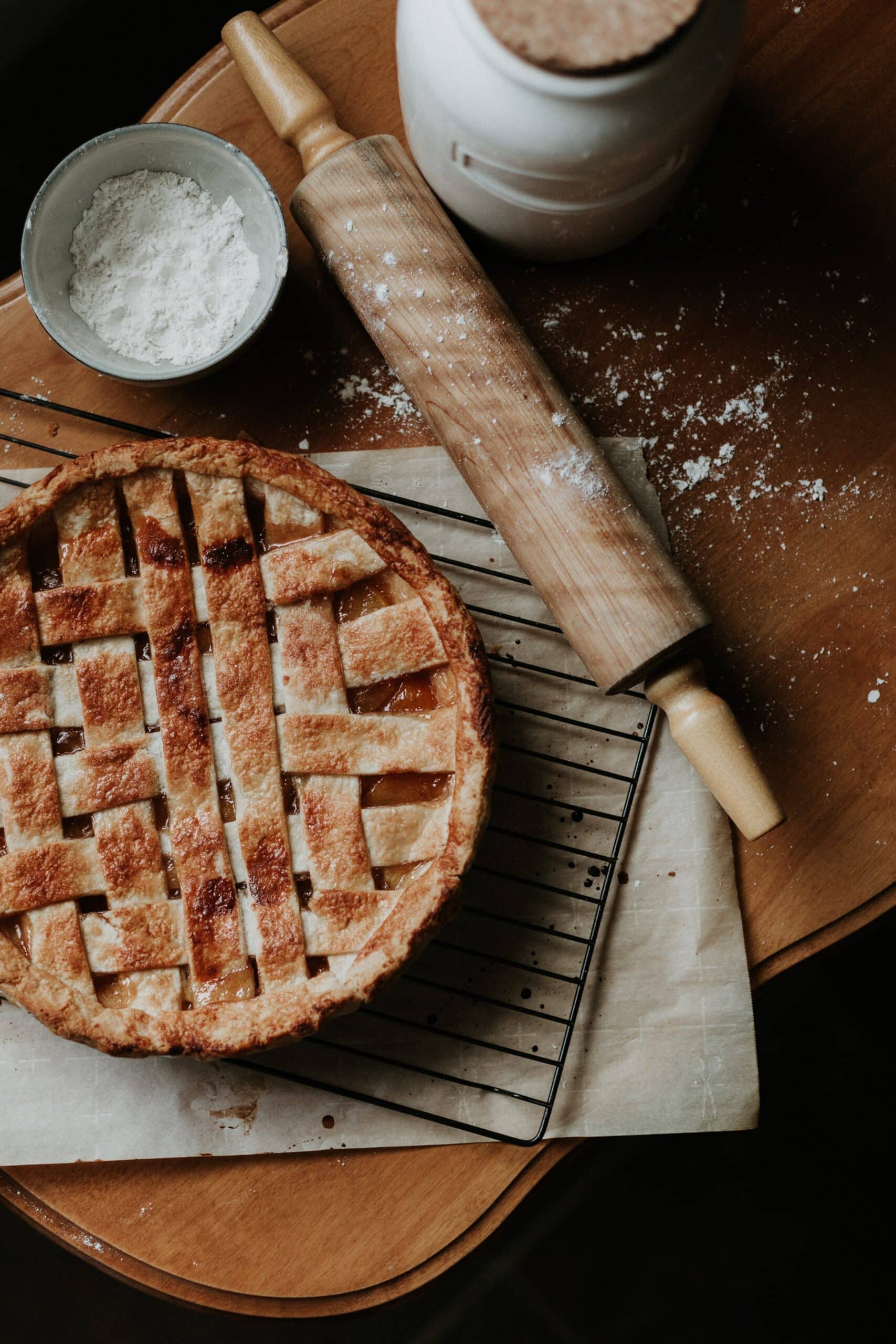

4 Responses
I love leftovers (plus leftovers are a great way to cut down on food waste) this was so helpful to know, thank you!
Wow, that was interesting! Thanks for all the different possibilities!
I love the seafood boils. You’ve made it look so simple!!
Hello I’m a Cajun transport and for years have used the leftover. Seafood and veggies a day r so after the boil I call it my seafood delight and have had many complaints. We boiled crabs Sunday and today I’ve peeled seafood and then cut the veggies up and mix. Just checking out others recipes more less the same I do enjoy all know my family and friends do!!!!👍🏻